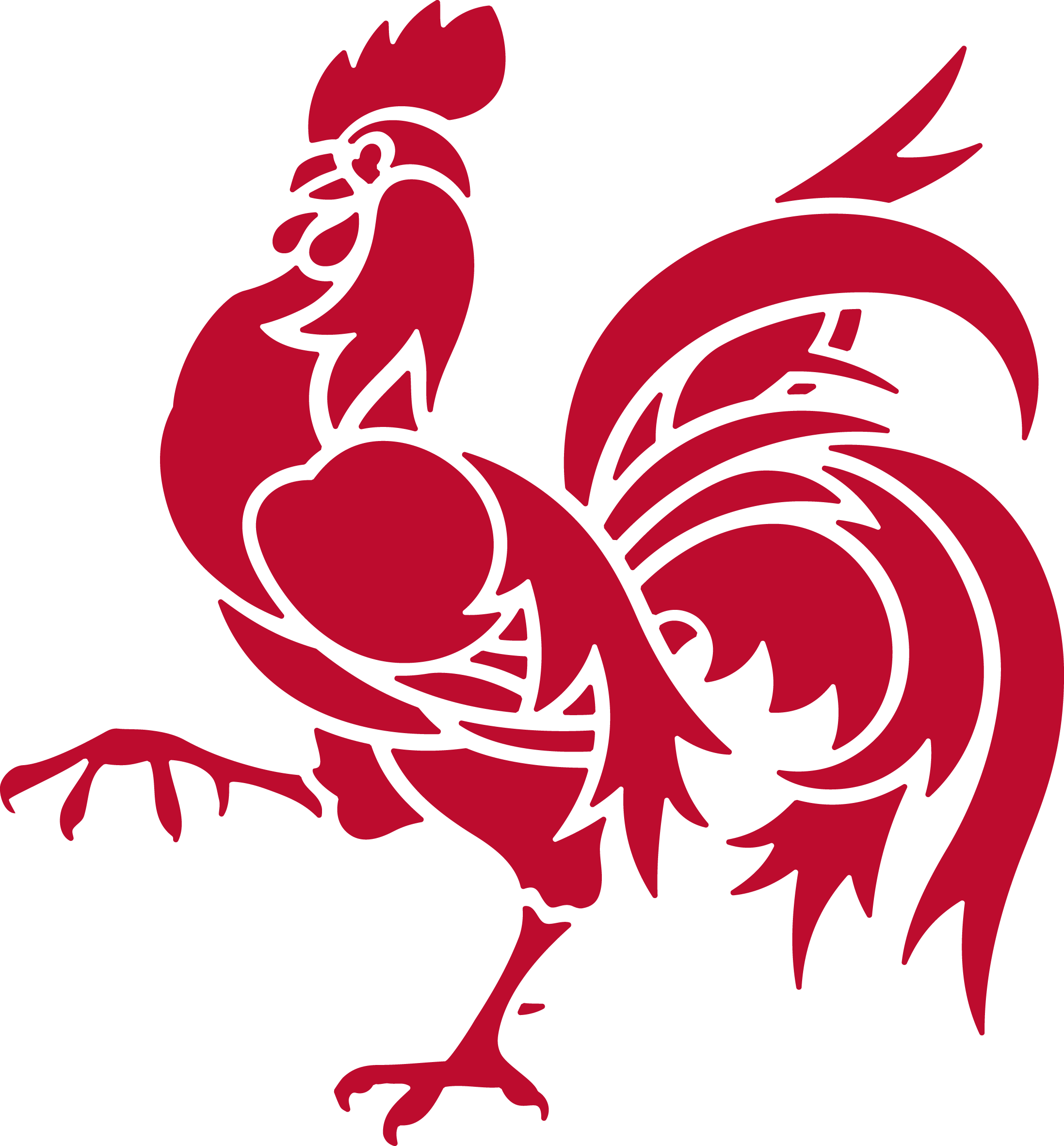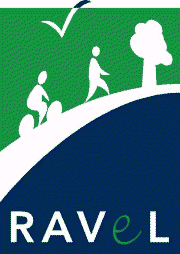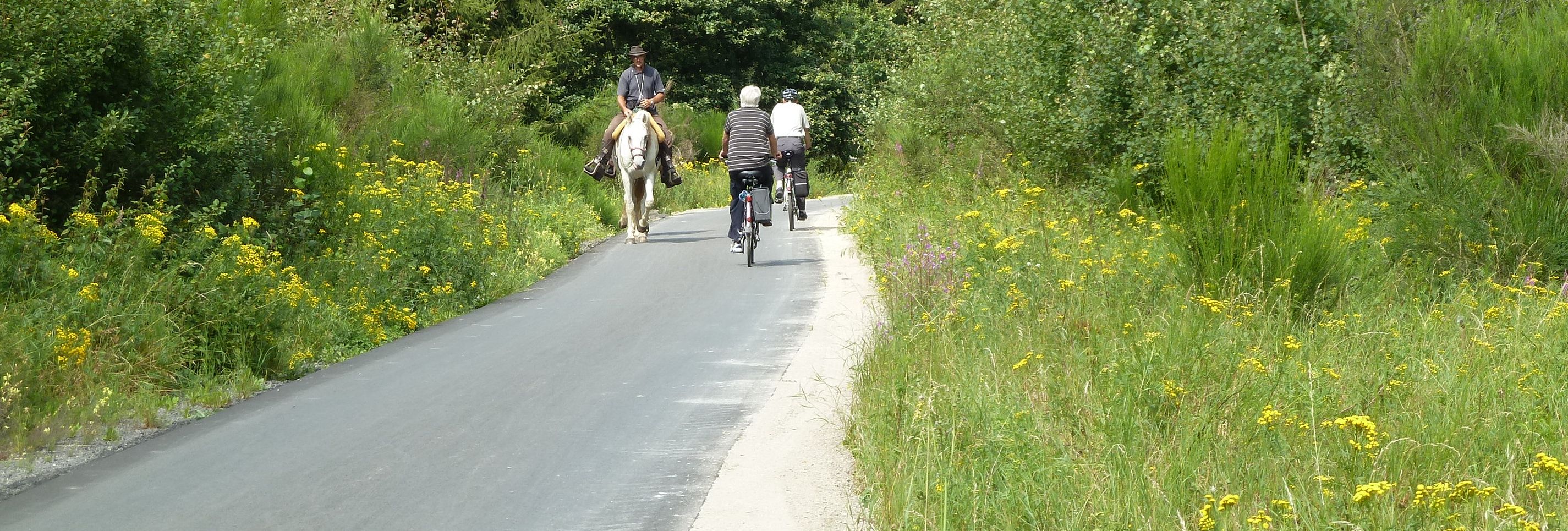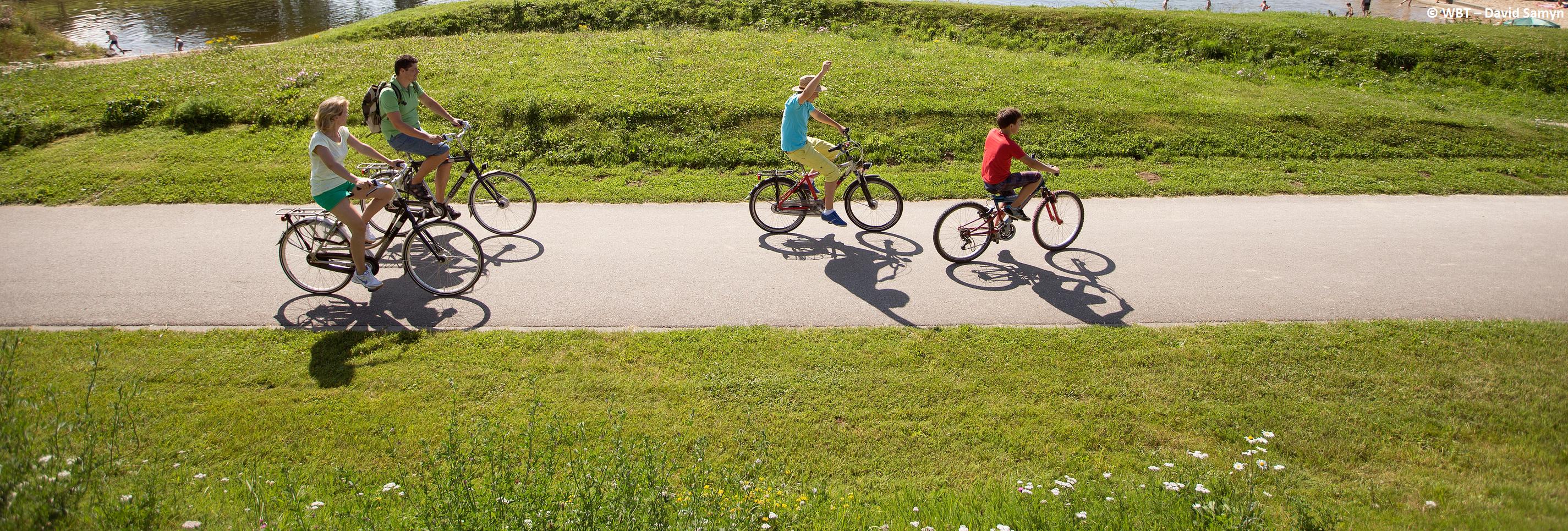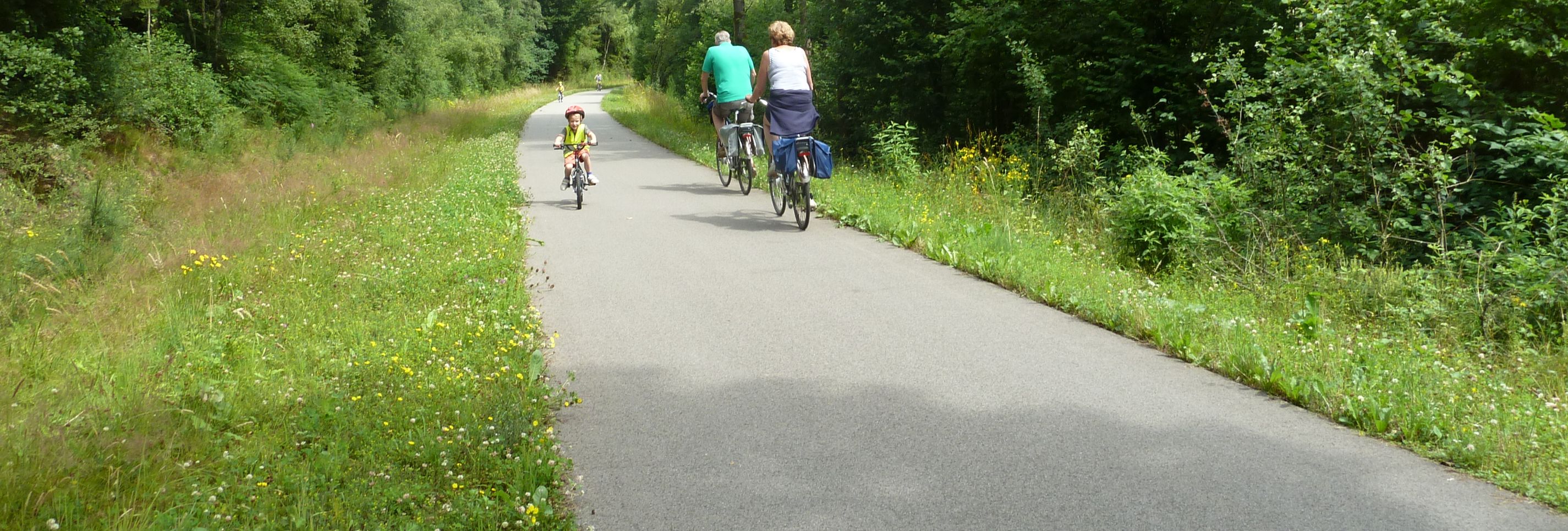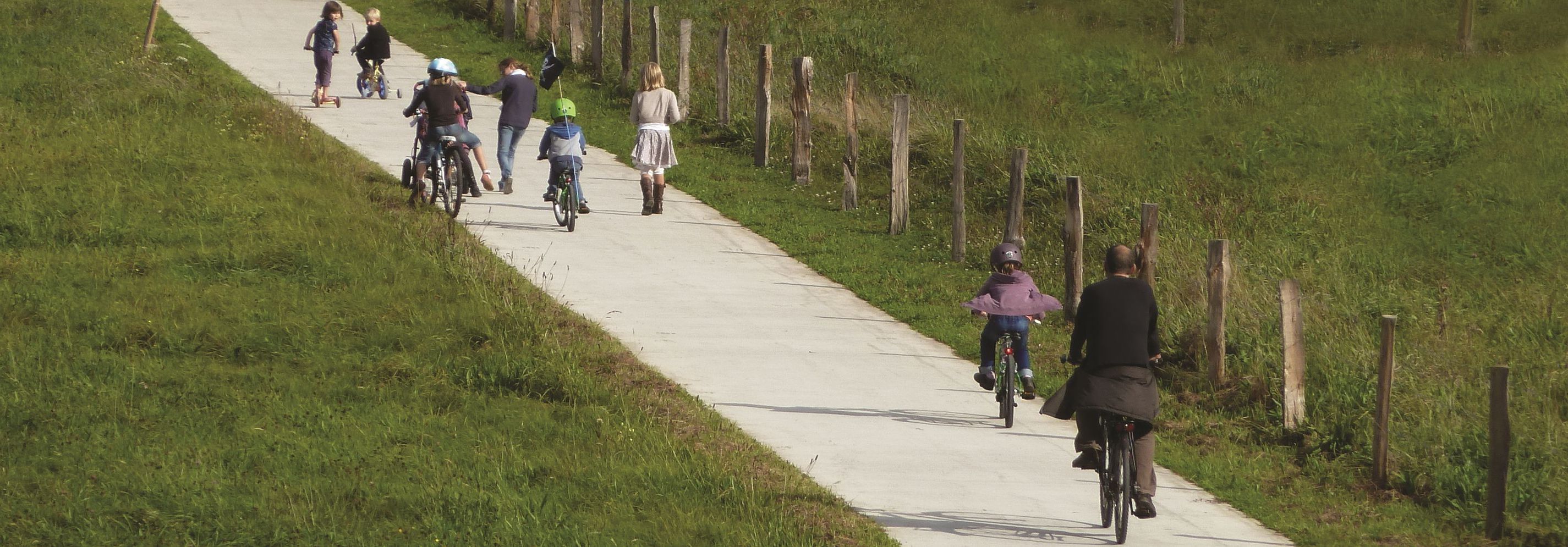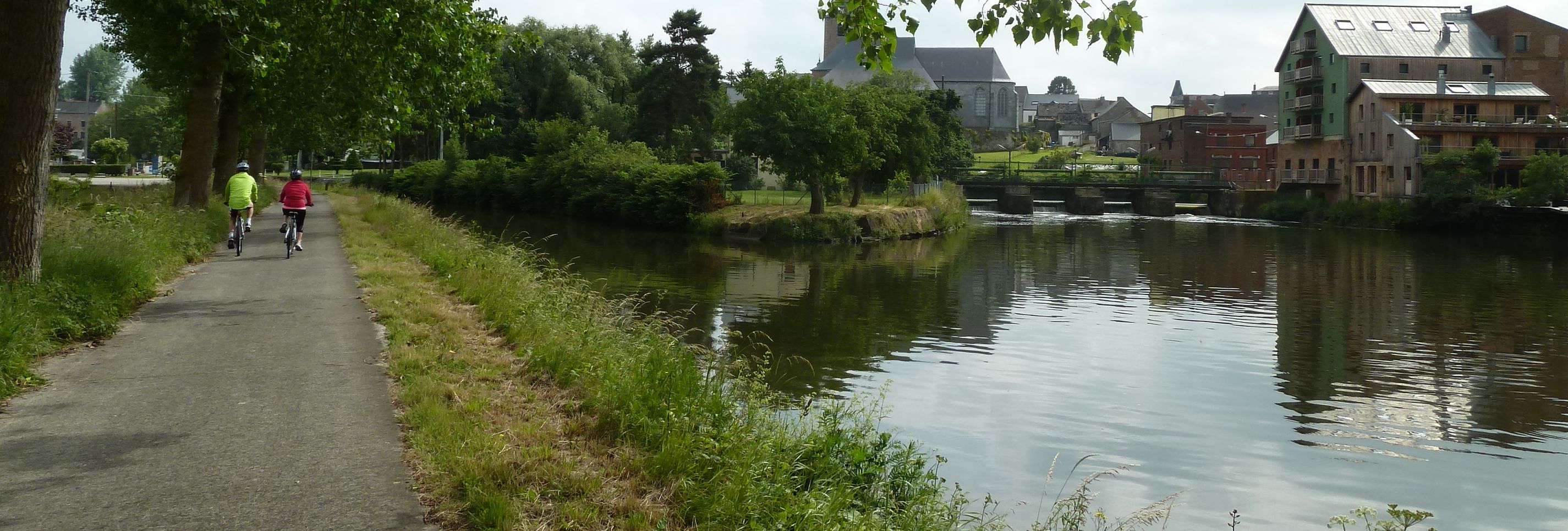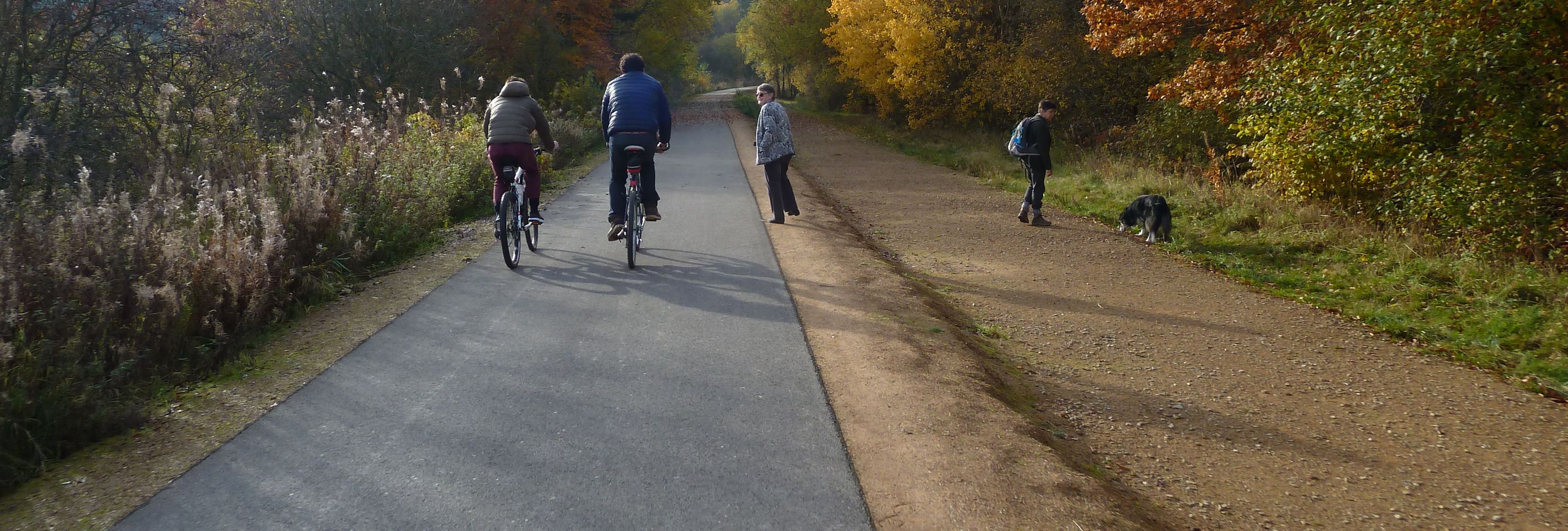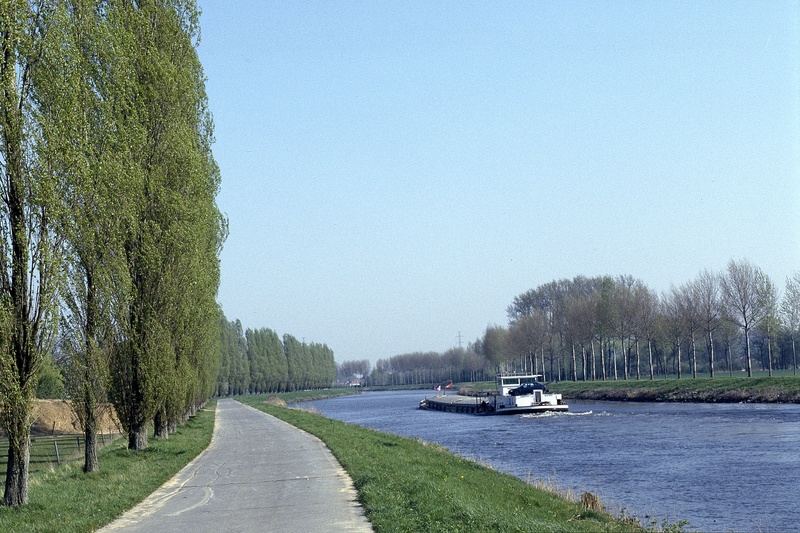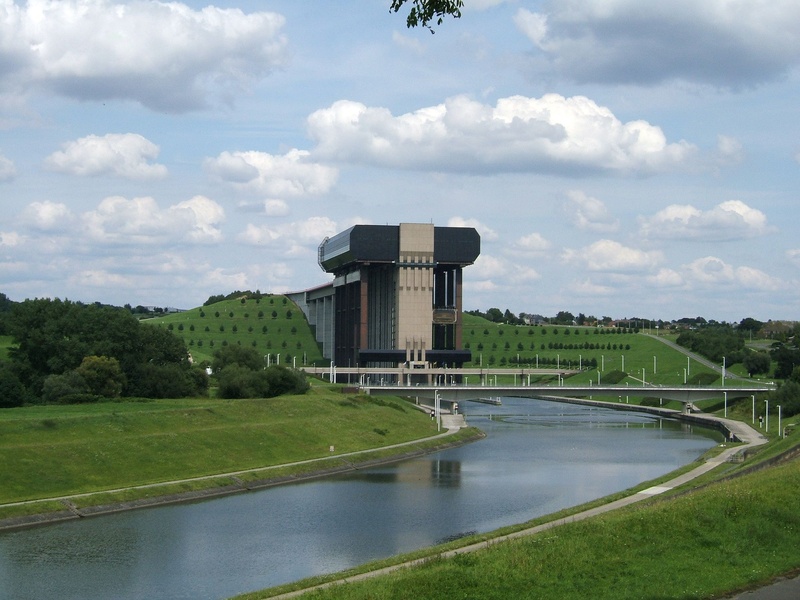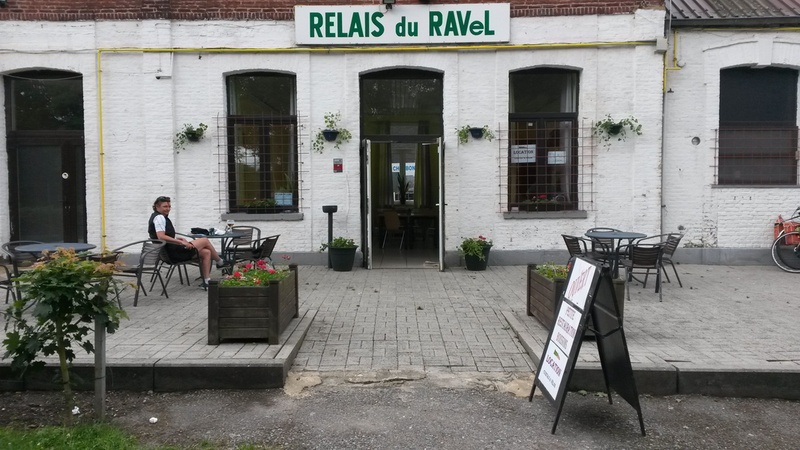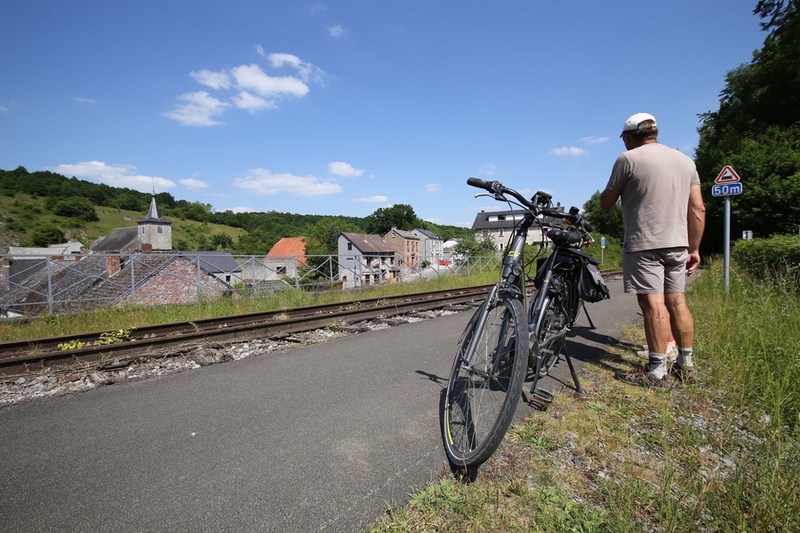Find my route
W4 Canaux, fleuves et rivières

Family

188 km
De Leers-Nord à Anhée
If you come from France, you have followed the Roubaix canal. Suddenly, its name changes to ‘L’Espierres’.
You’re in Belgium. In Leers-Nord. With its lock and its Maison du Canal coffee house. From this point, we offer you the chance to explore half of Wallonia as you cross between the two rivers that flow through the region. Here you will find historic cities, ingenious hydraulic structures, various modes of transport… and people who are passionate about their village, their city, their canal, their river, their RAVeL, their region and more. In short, you will discover Hainaut along the water before reaching the Pays des Vallées region in Namur, along the Sambre and the Meuse!
Interactive Route Map
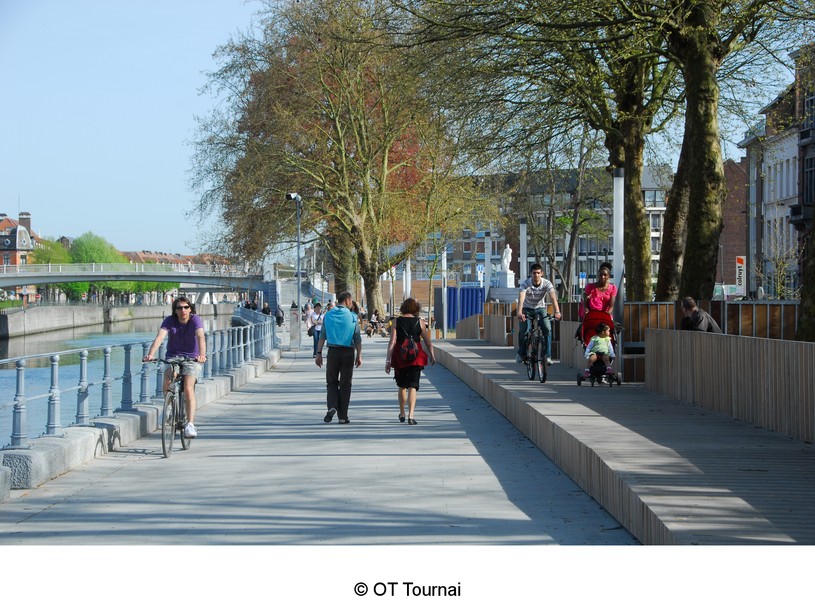

Route Stages : W4 Canaux, fleuves et rivières6
De Leers-Nord (Estaimpuis) à Tournai (stage 1)
On the RAVeL of the Espierres canal and the Scheldt
This journey starts at the Maison du Canal coffee shop on the Espierres canal in Leers-Nord. Coming from Roubaix, one of the textile capitals of the world in the early 20th century, this entrance to the ‘Plat Pays’ along the left bank of the canal is a real picture postcard. The long lines of trees along the banks of waterways in Flanders against a background of bell towers are typical of landscapes featuring a canal. This canal, which fell into disuse in 1985, was listed as part of Walloon heritage in the year 2000. When you reach Espierres-Helchin/Spiere-Helkijn, you leave it behind and join the Scheldt RAVeL.
De Tournai à Péruwelz (stage 2)
On the RAVeLs of the Scheldt and the Nimy-Blaton-Péronnes canal
From Tournai, you go towards Antoing, where the river is used to carry the output from the limestone quarries to Ghent. It is also the start of a network of canals and riverboat centres such as Péruwelz, Bernissart and Saint-Ghislain. Places charged with history, inland waterways and lime kilns, but also modernity. This is what you will think about as you cover this stage.
De Péruwelz à Mons (stage 3)
On the Nimy-Blaton-Péronnes canal RAVeL
Starting from Péruwelz in the direction of Mons means heading towards a crossroads for riverboats: Blaton. This place is famous for its canals. Here all the canal traffic can choose to go to France, Flanders, Hainaut or even further afield at a single point.
De Mons à La Louvière (stage 4)
On the RAVeL of the Canal du Centre and the Canal du Centre historique
Starting from Mons, the Canal du Centre RAVeL takes you towards Thieu and La Louvière, where man’s genius finds expression in a historic canal where boats take lifts, recognised as an element of the Heritage of Humanity by UNESCO in 1998. These lifts offset a difference in height of 66 metres. Today they are used for pleasure.
De La Louvière à Charleroi (stage 5)
On the RAVeLs of the Canal du Centre (historique), the Charleroi-Brussels canal and La Houillère (Line 119)
Canal water? There’s more to it than that! The construction of a RAVeL also involves civic initiatives! And welcoming spaces for relaxation!
Inland waterway transport between major cities? Definitely, but which demonstrates over and over again the industrial side - in the true sense of the term - of a region. The side that shows and reveals human know-how and inventiveness.
And above all, through the people you meet along the way, that shows big hearts as soon as they start talking about their region.
De Charleroi à Anhée (stage 6)
On the RAVeL of the Sambre and of Line 150
This is no short stage. We start in Charleroi, at the Quai de Sambre.
The Sambre! Some of you entered Belgium along this river, on the EuroVelo 3. And along this same river, you leave Hainaut for the Province of Namur.
This path takes you from one major river to another, but not the usual way. You normally reach the Meuse by following the Sambre to Namur. Not so here!


